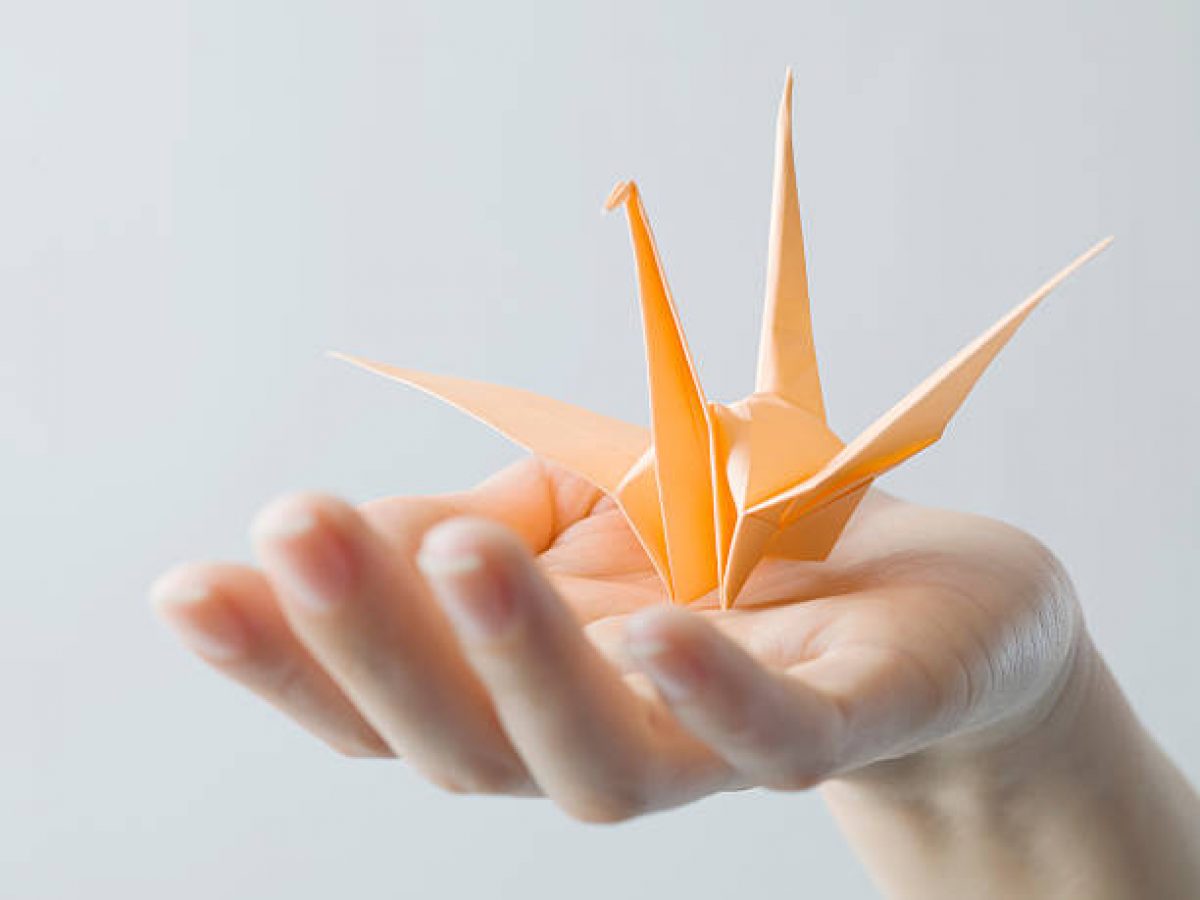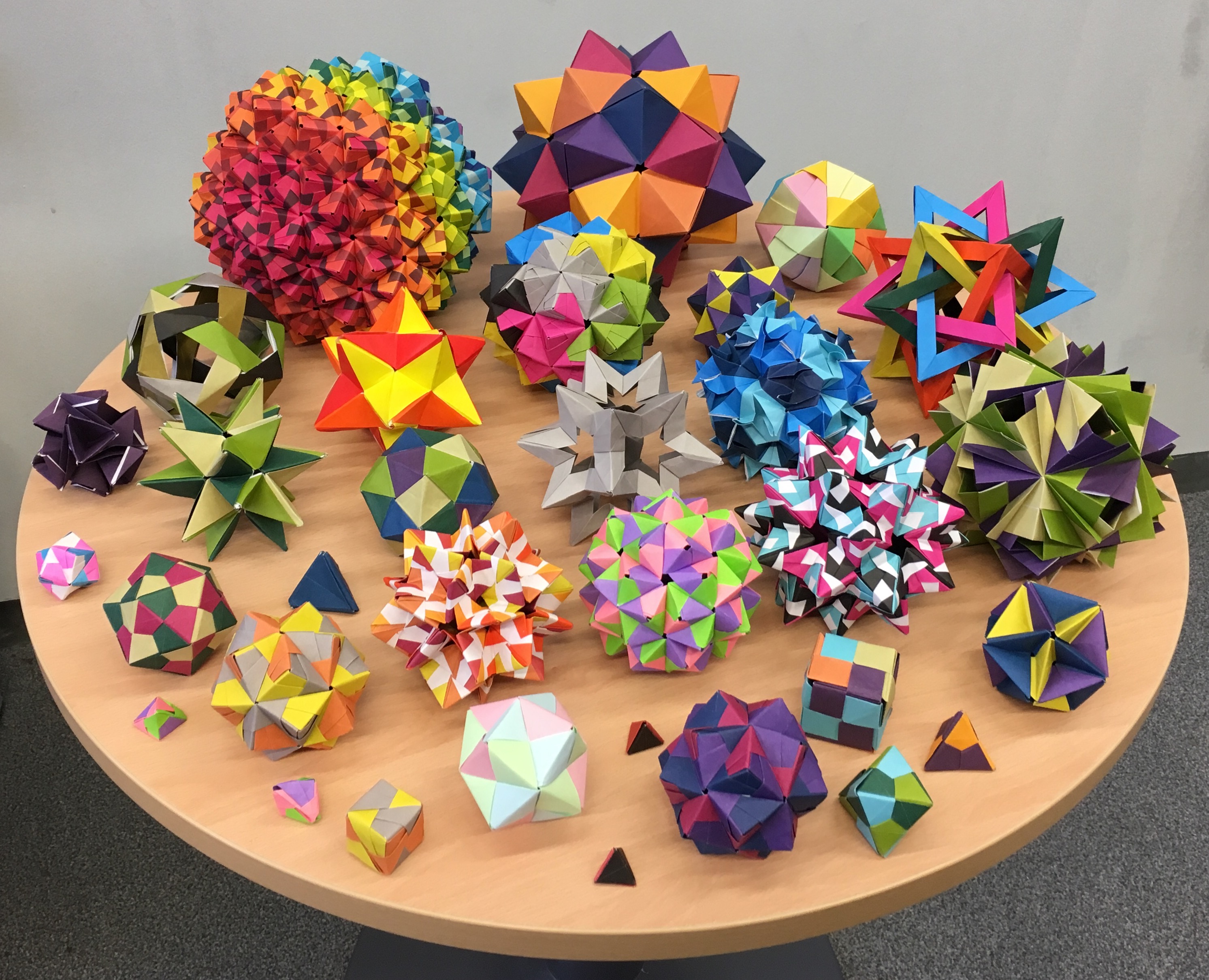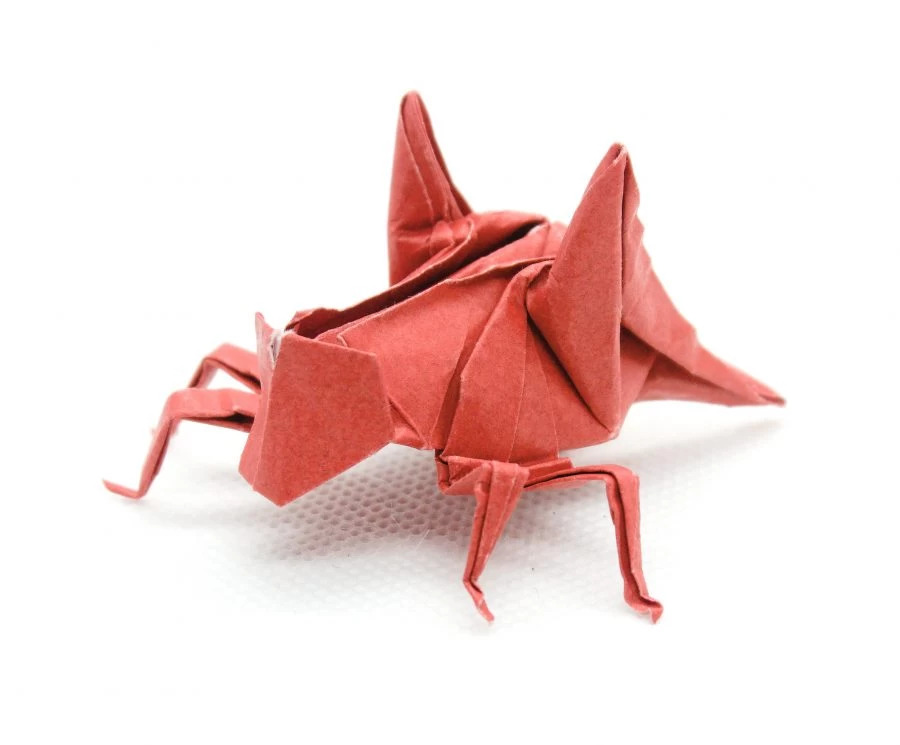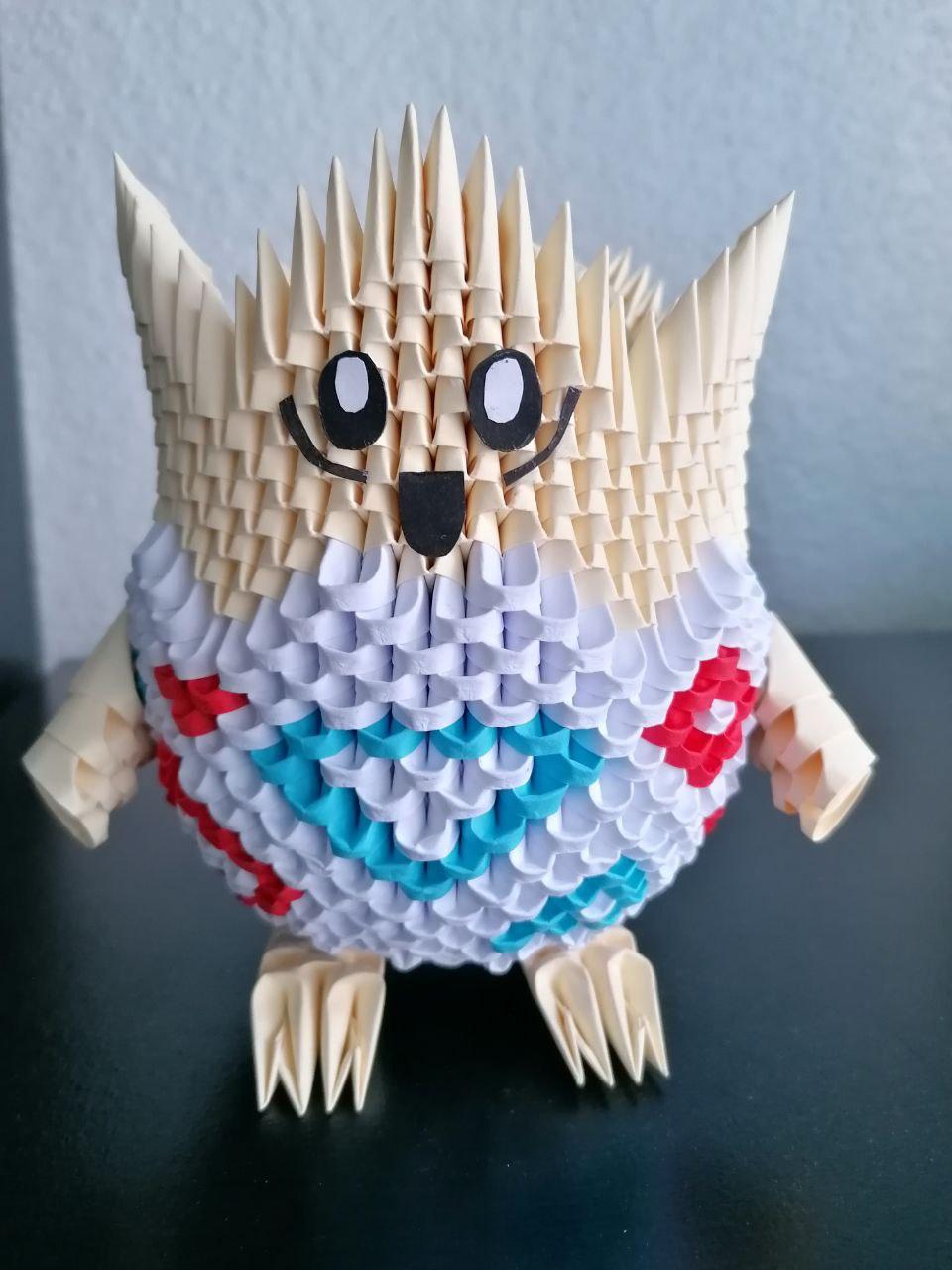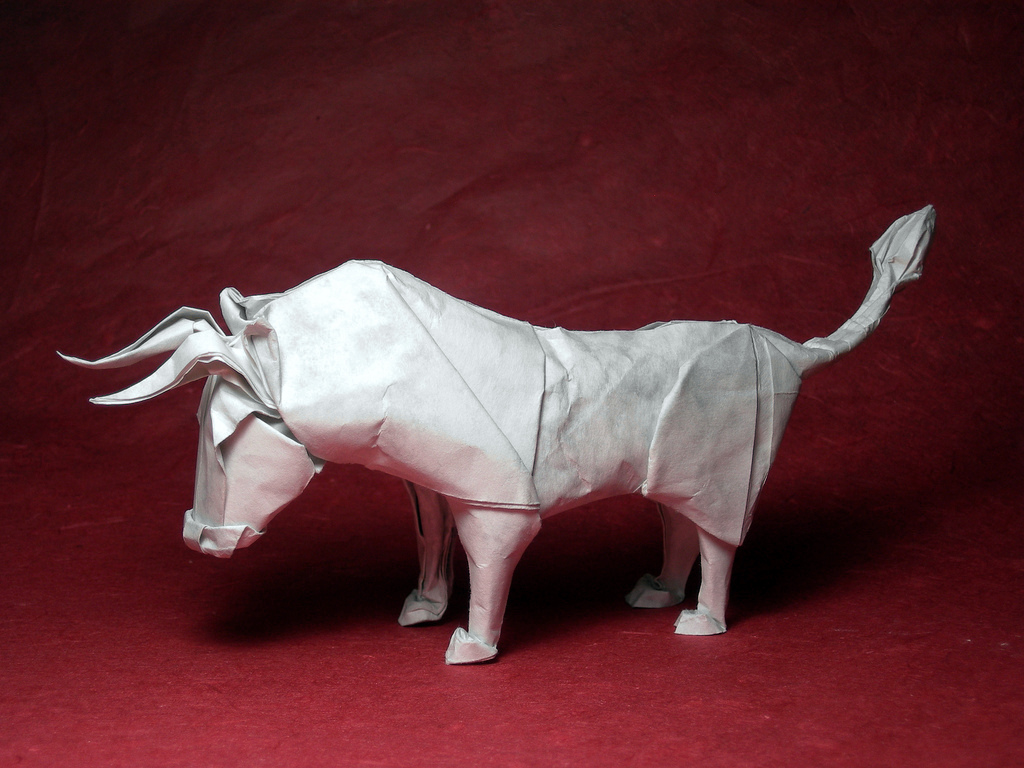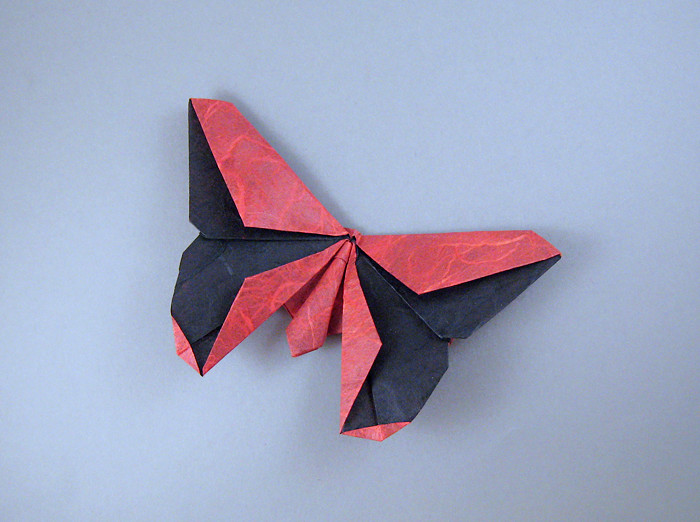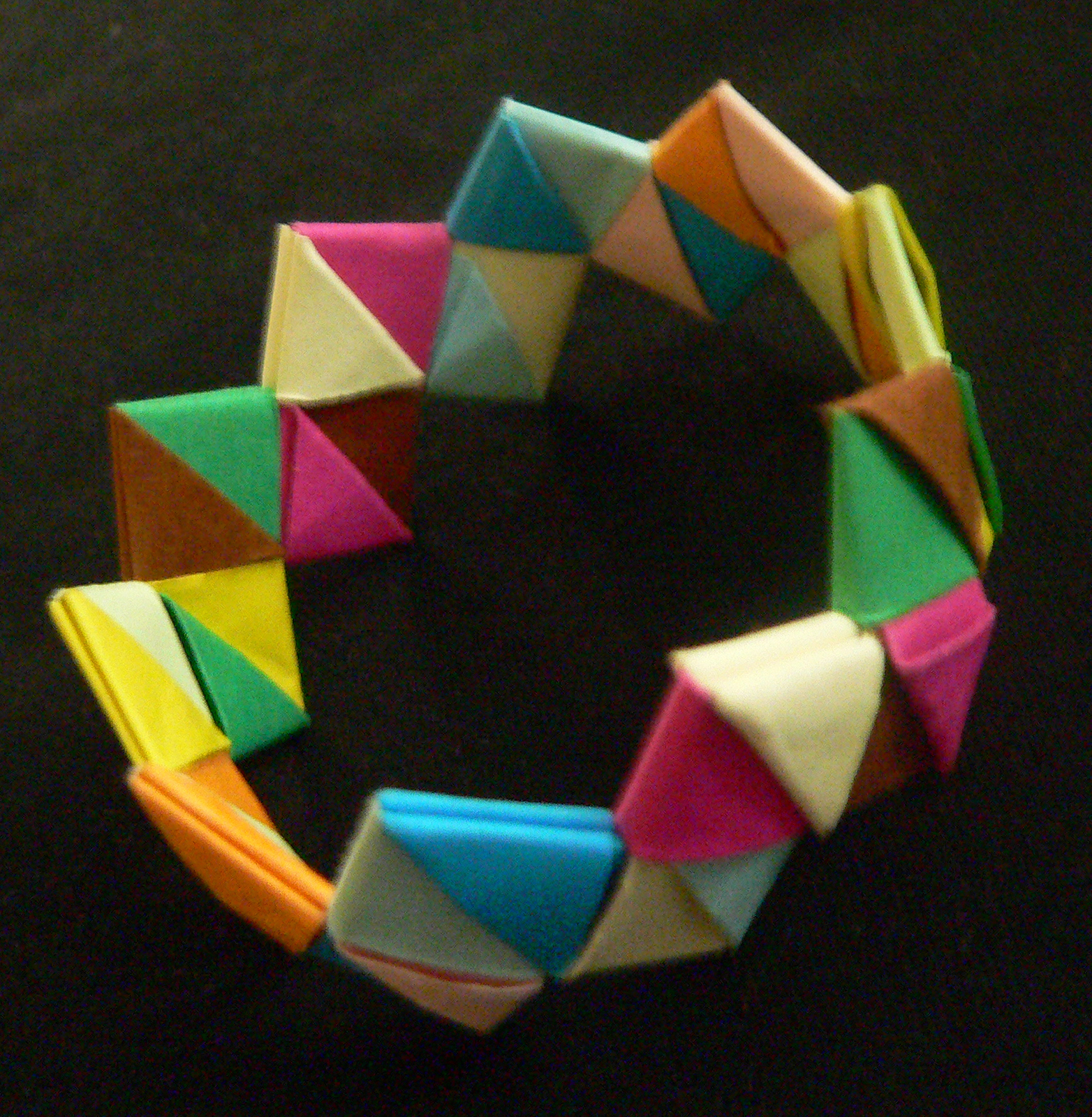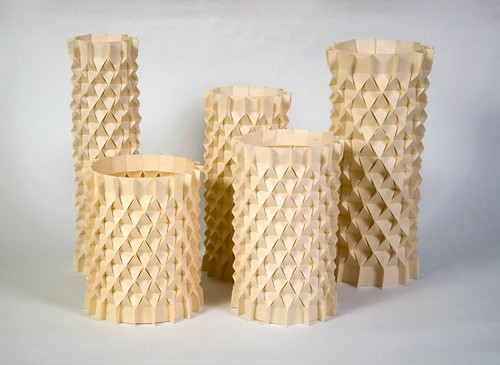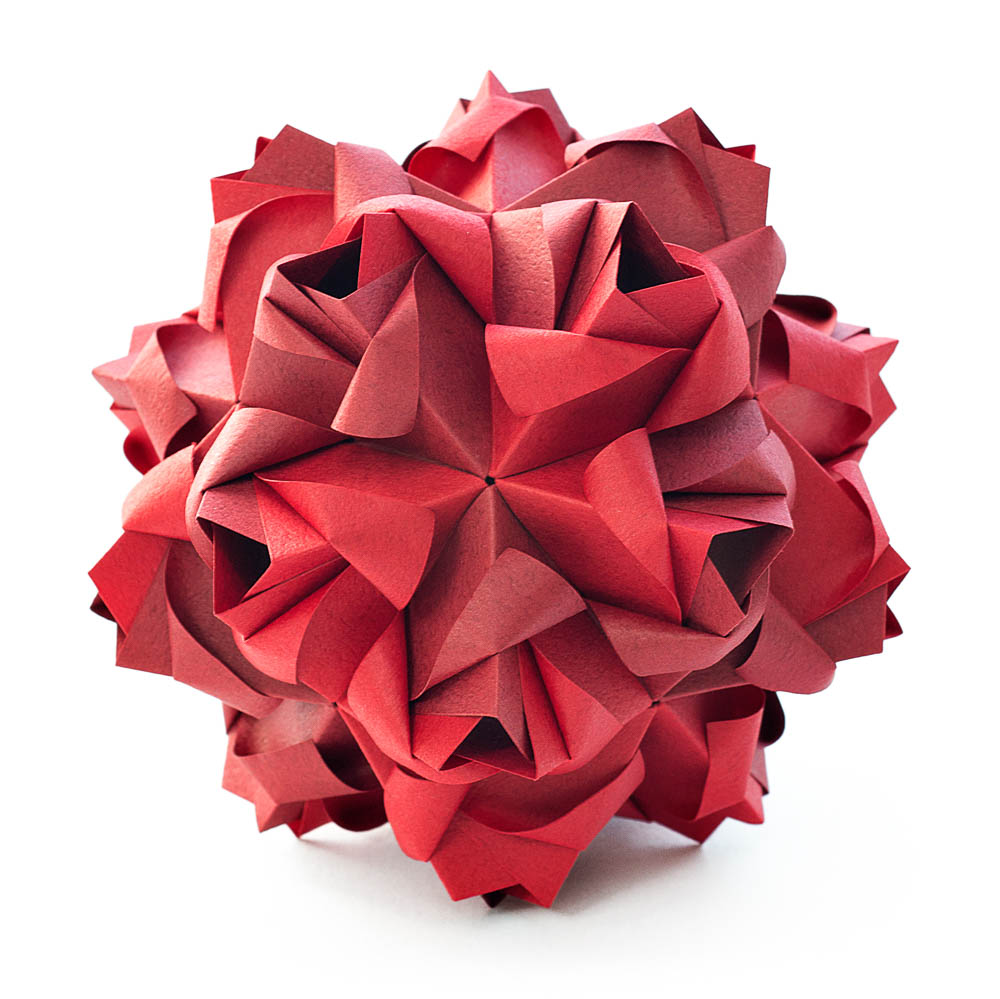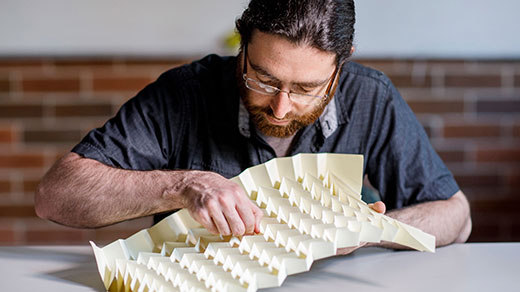Different Types Of Origami To Try At Home
The Japanese terms oru and kami, which both mean to fold paper, are the origin of the word origami. Modern origami differs somewhat from the classic origami, which was created using a single sheet of paper and a number of exact folds. Are there different types of origami?
Author:Buttskin FamilyReviewer:Caden SteelheartDec 04, 2023381 Shares31.7K Views

The Japanese terms oru and kami, which both mean to fold paper, are the origin of the word origami. Modern origami differs somewhat from the classic origami, which was created using a single sheet of paper and a number of exact folds. Are there different types of origami?
Numerous paper crafts that fold are categorized as an origami variation or kind. Modular and action origami, Golden Venture, wet folding, pureland, strip folding, tessellations, and kusudama are some examples of classic origami variations. Your creativity is the only restriction when it comes to origami.
If you're not satisfied with the many hundreds of creations available, attempt some of the more recent iterations of the craft as a challenge. You'll discoverthat although some origami designs are quite time-consuming and challenging, others are very simple.
Types Of Origami
Nothing remains constant for very long. Even origami, which has been practiced for hundreds of years, is progressively evolving to produce beautiful and complicated variations that depart from the standard.
But when you stop to think about it, art like origami is always changing, bringing new concepts, techniques, components, and goals to improve our lives and widen our perspectives. This is by no means an exhaustive list, but it does showcase some of the more well-known branches of origami as well as the more traditional, more generally used forms.
Traditional Origami
Although it's thought that cutting paper was acceptable in the early days of paper folding, changes to the paper were and still are frowned upon after the craft became standardized. This implies that traditional origami does not use scissors, glue, tape, staples, or stitching.
In the simplest form of origami, a single sheet of paper may be folded and creased to create an intriguing figure. Either a two-dimensional or three-dimensional figure will arise. The well-known orizuru (crane) and various animal forms, stars, pinwheels, boats, and flowers are among the popular, classic origami patterns.
Modular Origami
Modular origami, in contrast to conventional origami, constructs a more intricate form using two or more pieces of paper. But much as with conventional origami, no cutting, glue, or fasteners are used in the making of these masterpieces.Several sheets of paper (how many depends on the design) are folded into separate pieces with tiny pockets and tabs while making modular origami.
Once the modules, or units, are finished, they are connected by sliding the tabs into the pockets in the correct order until every unit is interlocked to create the whole model.A modular cube, the first known instance of modular origami, was published in Hayato Ohoka's book Ranma Zushiki in 1734. Modular, or unit, origami, was first popularized by Isao Honda's World of Origami, another book that came out in 1965.
However, it wasn't until the 1970s that this particular type of origami truly gained traction.Thousands of designs have been created since then, some with as many as 500 interlocking units.Two-dimensional modular origami creations like a flat wreath or three-dimensional ones like Sonobe's cube, pyramids, and intricate polyhedra spheres are also possible. While some designs are simple to fold into modules, others might need many weeks to finish. Modular origami might be the perfect challenge for you if you're seeking for one.
Action Origami
Action origami is a kind of origami that is intended to move when it is moved. Examples include balloons, frogs that jump at the touch of a finger, and birds that flap their wings in response to a little tug on their tail. These inflatables may be:
- Inflated with air.
- Filled with water to make a water bomb.
- Filled with smoke and tapped to make smoke rings.
- Stuffed with tiny origami units, tossed into the air, and tapped to burst the balloon and release the shapes within.
Golden Venture Origami
Golden Venture origami is a relatively new subcategory of origami that has been added to the constantly expanding collection. A group of Chinese immigrants was found in 1993 in a New York port on board the Golden Venture, a ship that had just sunk. They passed the time during their months-long detention in an American jail while their application for political asylum was being considered by creating very intricate, three-dimensional origami models that had never been seen before.
It was subsequently found that the technology had not been devised by these exiles. Instead, for many years, this kind of paper folding was a custom in China. A portion of their works were sold to offset legal costs, while others were given away to people they regarded as friends or shown in a touring exhibition.
This version of the original craft is comparable to modular origami, with the exception that the individual pieces are usually shaped like triangles. Up to 500 pieces are needed to finish certain models. A lot of Golden Venture works are swans, pineapples, and fully rigged ships. Golden Venture origami, sometimes known as 3D origami, is a challenge to even the most skilled folders.
Wet Folding Origami
Although some may see wet folding as more of a method than a variation on origami, it still adds a whole new aspect to the craft and provides features that are not often seen in origami. Wet folding involves dampening the paper before folding. This provides a textured aspect to the final product and enables the molding or sculpting of objects with small curves.
Pureland Origami
This subset of origami is called such because it involves just two folding techniques inspired by natural land formations, and it requires no cutting or gluing. Only the mountain and valley folds, the two most fundamental origami folds, are employed in pureland origami.
Strip Folding
Actually, the phrase "strip folding" refers to a variety of methods for creating tiny origami models, all of which make use of thin paper strips. In strip folding, folding, twisting, creasing, and weaving are all frequently used techniques.
Strip folding may be used to create tiny origami flowers the size of pennies, Moravian stars, fortunate stars (puffy stars), three-dimensional hearts, and even intricate polyhedra modules. There are times when weaving patterns include beautiful ribbons or palm leaves into the piece for an amazing impact.
Origami Tessellations
On a single sheet of paper, tesselllations are created by applying mountain and valley folds to a sketched or crumpled grid to produce repeating patterns all over the page. Though 3D is also conceivable, the designs are typically two-dimensional. No matter how big or little, the prefolded paper's edges stay edges throughout. Put otherwise, apart from creating the crumpled grid, the paper's sides are never picked up to join the other side.
Multiple layers are generated in a distinct pattern throughout the sculpture by repeatedly folding, twisting, and forcing the paper into the desired shape. As a result, even though many tessellations seem flat, they fact include elevated components all throughout. Because of the additional layers, the elevated parts will seem darker when held up against a light source than the low places, giving the model a completely distinct appearance.
Kusudama Origami
Kusudamas, so named because of their original use, are spherical forms composed of many similar pieces. You would be right if you assumed it sounded like modular origami. The distinction is that modular origami tucks components into one another, while kusudamas are often kept together with glues or thread.
Is Kirigami A Form Of Origami?
Even though kirigami requires cutting, a lot of people still see it as a kind of origami. It really depends on it. However, a lot of origami purists contend that kirigami is too different to qualify as an origami form. Find out why here.
The Japanese words kiru and kami, which mean to cut paper, are the origin of the word "kirigami." Similar to origami, this art also involves folding, but the folds are often transient and are intended to create symmetrical, repeating patterns when sliced.
Many kirigami designs also require sewing, taping, stapling, sketching, and gluing all of which are strictly forbidden in the origami community. Whether origami is an art form unto itself or whether kirigami is just another branch of it is up to you to determine.
Papers For Origami Arts
Choosing the right paper for origami is crucial for achieving the desired results in your folded creations. Different types of paper offer various textures, colors, and qualities that can enhance or challenge your origami experience. Here are some popular types of origami paper:
- Origami Paper - Specifically designed for origami, this paper is typically square and comes in a variety of colors and patterns. It is lightweight and easy to fold, making it ideal for both beginners and advanced folders. Origami paper is often double-sided, providing contrast in the finished model.
- Kami - A traditional Japanese paper used for origami, kami is usually thin and comes in solid colors. It is widely available and is suitable for a wide range of origami projects. Kami is a good choice for practicing and learning folding techniques.
- Washi - Washi is a traditional handmade Japanese paper, often made from natural fibers like mulberry. It is known for its strength, durability, and unique texture. Washi comes in various weights and designs, making it suitable for both simple and complex origami projects.
- Tant Paper - Tant paper is a type of origami paper that is slightly thicker and has a matte finish. It is available in a wide range of colors and is often used for more intricate and detailed models. Tant paper holds creases well and provides a clean, professional look to finished origami pieces.
- Kraft Paper - Kraft paper is a sturdy and brown paper often used for packaging. It has a natural, rustic appearance and is suitable for larger origami projects or those that require a more robust material. Kraft paper can be a good choice for creating origami models with an earthy or vintage feel.
- Foil Paper - Foil paper is coated with a thin layer of metallic foil, adding a shiny and reflective surface to the origami model. It is great for creating eye-catching designs, and the foil coating can enhance the visual appeal of the finished piece.
- Tissue Foil - Tissue foil is a combination of tissue paper and foil. It offers the flexibility of tissue paper and the metallic finish of foil, making it suitable for complex and detailed origami projects. Tissue foil is often used for models that require shaping and molding.
- Double-Sided Colored Paper - Similar to origami paper, double-sided colored paper allows for contrasting colors on each side. This type of paper is useful for creating visually interesting and dynamic origami models.
Materials Can Used For Origami Art
Origami is the traditional Japanese art of paper folding, and while the paper is the most common material used, there are various types and sizes of paper, as well as other materials that can be used for origami art. Here are some materials commonly used in origami:
- pencil and eraser
- metallic ruler
- knife
- glue or glue stick
- scissor
- double-sided tape
- chopsticks
- paper clips
- hole punch
- round tip awl
Types Of Origami - FAQs
What Is The Difference Between Origami And Kirigami?
Origami involves folding paper, while kirigami incorporates both folding and cutting. Kirigami designs often include symmetrical patterns created by cutting the paper.
Are There Different Difficulty Levels In Origami?
Yes, origami models vary in difficulty. Beginners can start with simple designs, while advanced folders may tackle complex, multi-step creations.
Can Origami Be Used For Practical Purposes?
Yes, practical origami includes creating useful items such as envelopes, boxes, and containers. This branch of origami focuses on functional designs.
Are There Competitions Or Events For Origami Enthusiasts?
Yes, there are origami competitions and events where enthusiasts showcase their creations, share techniques, and engage with the origami community. Some events may also include workshops and demonstrations.
Can Children Learn Origami?
Absolutely! Origami is suitable for all ages. There are simple designs for beginners, and children can gradually progress to more complex models as they gain confidence and skill.
Conclusion
As we conclude our journey through the diverse world of origami, it's clear that this ancient art form continues to captivate and inspire. From the simplicity of traditional folds to the complexity of modular and action origami, each style offers a unique avenue for artistic expression.
Whether you're a seasoned origamist or a curious beginner, there's a type of origami that can spark your creativity and provide a satisfying and meditative experience. So, grab a sheet of paper and start folding, exploring the limitless possibilities that origami has to offer.
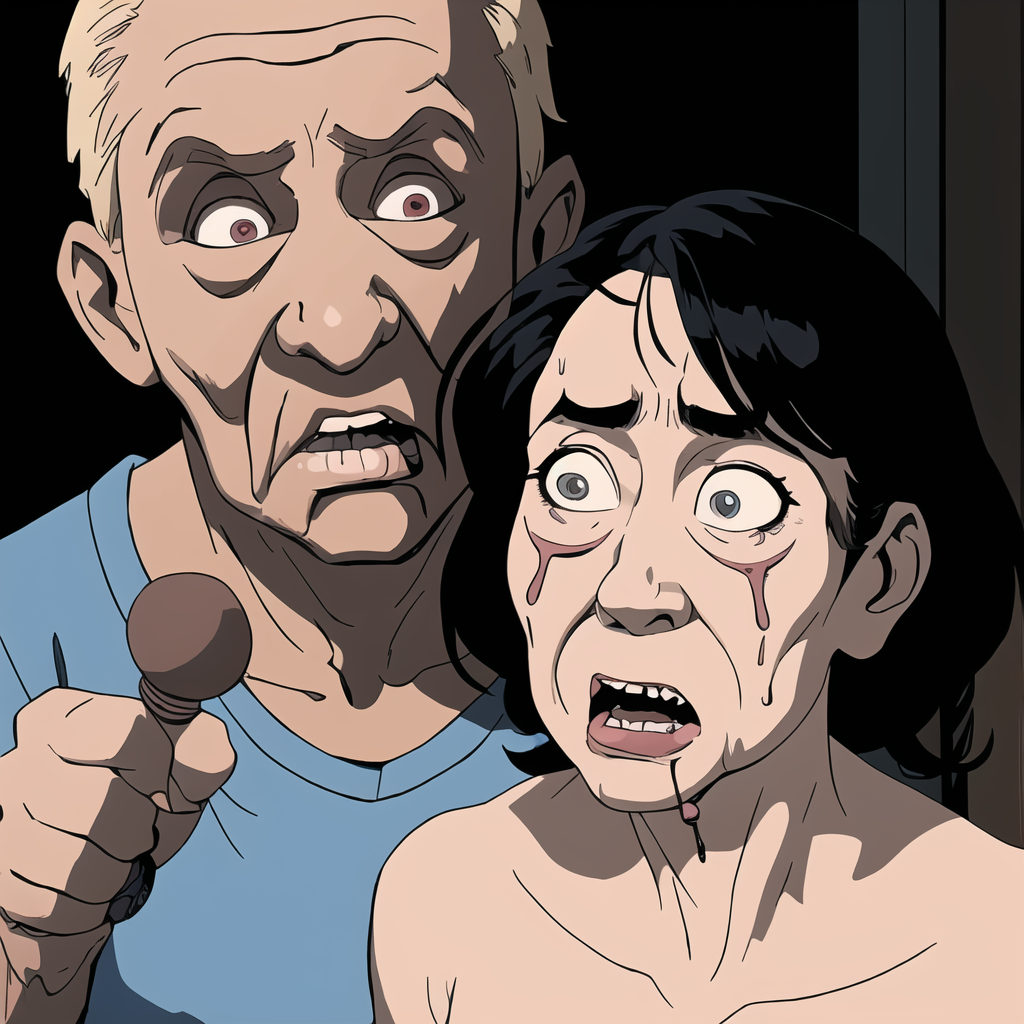
Buttskin Family
Author
The Buttskins are a crazy author family who love writing, laughter, and eating an unhealthy amount of junk food. Mom Rockita started scribbling stories as soon as she could hold a pen, and Dad John didn't realize authoring children's books was a real job until after they were married.
Their kids have embraced storytelling at an early age. Little Lucy, age 5, dictates her colorful tales about dragons and princesses to her parents. Her 8-year old brother Jake collects scraps of paper to diagram his latest imaginary adventure involving ninjas and dinosaurs.

Caden Steelheart
Reviewer
Caden Steelheart, an enigmatic author, weaves tales that immerse readers in the depths of sin city's underbelly. With his words as a weapon, he crafts literary masterpieces that reflect the dark and dangerous spirit of the city. Caden's writing captures the gritty essence of sin city, delving into the intricacies of its characters and the moral complexities that define their existence.
Born amidst the shadows, Caden draws inspiration from the relentless chaos and unforgiving nature of the city. His words carry the weight of experience, creating a vivid and haunting portrayal of sin city's undercurrents. Through his stories, he explores the blurred lines between right and wrong, exploring themes of power, deception, and redemption.
Caden Steelheart's literary prowess has made him a name whispered in literary circles, captivating readers with his ability to immerse them in sin city's intricately woven tapestry. With each written word, he invites readers to journey into the darker realms of the human experience, offering them a glimpse into the secrets and sins that shape the city's inhabitants. Caden Steelheart, a master of capturing the essence of sin city through his writing, continues to captivate audiences with his haunting and evocative narratives.
Latest Articles
Popular Articles
